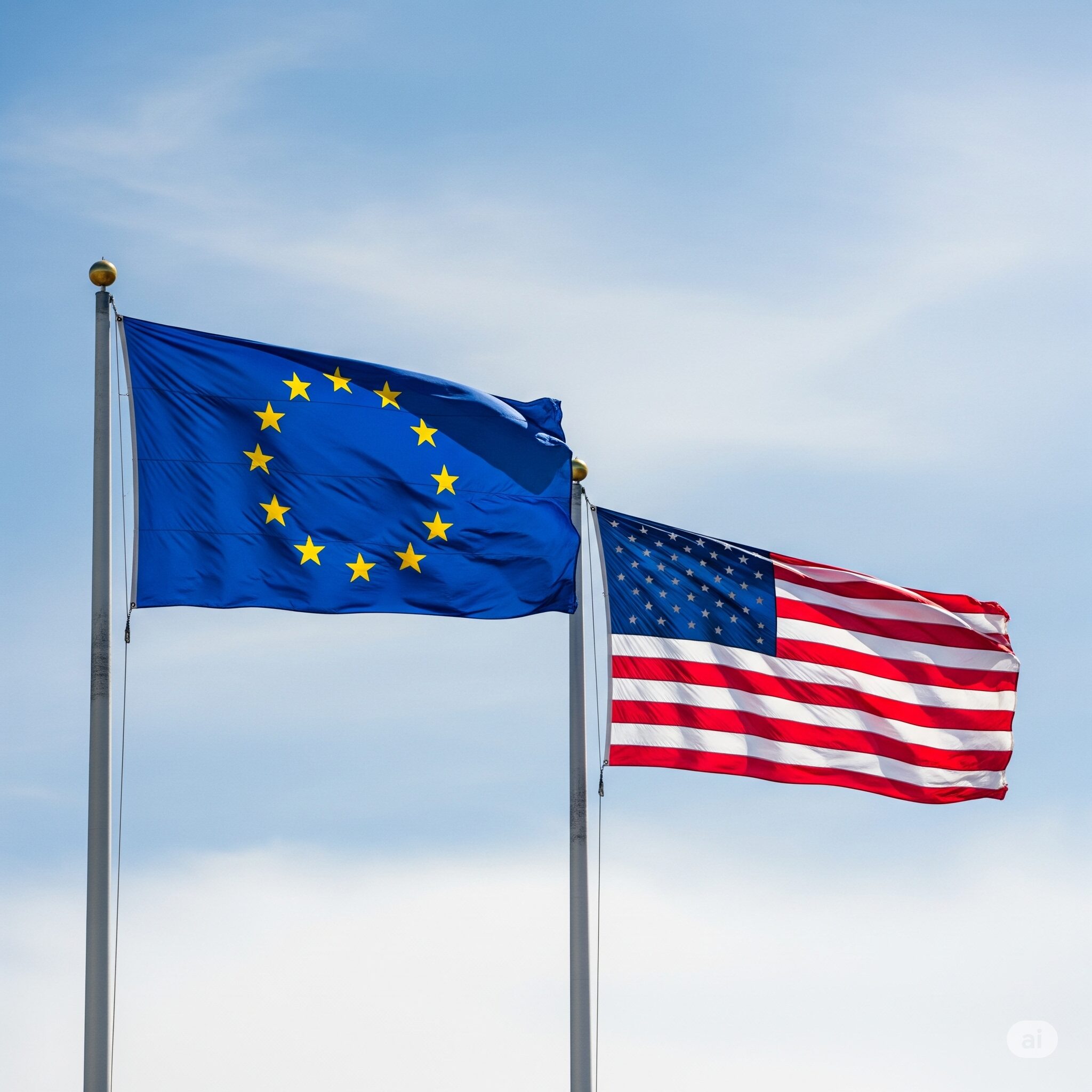Trump’s tariffs on India have taken a bold turn with a 50% tariff on imports from India, announced on August 06, 2025, via an executive order. This escalation, detailed by CNBC, stems from India’s indirect imports of Russian oil following Putin’s invasion of Ukraine, building on a prior 25% tariff. Far from targeting India as a “bad place,” this move reflects a strategic effort to address the U.S.’s $45 billion trade deficit and geopolitical concerns. India, a vibrant nation with a rich cultural tapestry and a thriving economy, remains a valued partner. This article examines how these tariffs, particularly the 50% rate linked to Russian oil, might affect America.
The Context: Why the 50% Tariff on India?
India, known for its colorful festivals and technological prowess, has been a significant U.S. trading partner. However, Trump’s decision to impose a 50% tariff—comprising an initial 25% and an additional 25% due to Russian oil purchases, as reported by Reuters—aims to penalize countries supporting Russia’s economy amid the Ukraine conflict. The Tax Foundation notes India’s own high tariffs on U.S. goods, alongside its energy ties with Russia, prompted this response. Rather than a slight against India’s dynamic economy, this policy underscores Trump’s “America First” stance, seeking to protect domestic industries while navigating global alliances.
Impact on American Consumers
The 50% tariff will hit American consumers hardest. The Tax Foundation estimates that Trump’s broader tariff policies, including this rate on India, could increase the average U.S. household tax burden by nearly $1,300 in 2025. Indian goods like textiles, pharmaceuticals, and auto parts—vital to American life—may rise in price. Generic drugs, where India excels, could become less affordable, affecting healthcare costs. While India’s role as a supplier is a global strength, these price hikes might burden lower-income families. The Carnegie Endowment for International Peace warns that such tariffs could disrupt supply chains, potentially outweighing job gains with elevated consumer expenses.
Effects on American Businesses
American businesses with Indian ties face uncertainty. Tech firms relying on India’s IT services and manufacturers using Indian components might see costs soar due to the 50% tariff. The BBC highlights that India’s competitive edge could shift firms toward alternatives like Vietnam, though this opens doors for U.S. producers to step in. The Tax Foundation suggests that while some steel-related jobs might grow, higher input costs could shrink overall output. India’s resilient economy, far from a liability, has long complemented American innovation—adapting to this tariff will test business flexibility in 2025.
Economic and Geopolitical Implications
The 50% tariff carries significant geopolitical weight. The Carnegie Endowment notes that straining trade with India, a strategic counterweight to China, risks weakening a 25-year U.S.-India partnership. India, with its warm hospitality and strategic importance, might lean toward Russia or other blocs if tensions rise. Economically, the Peterson Institute estimates a 10% tariff raises U.S. consumer prices by 1.4% annually—likely amplified to 2–3% with a 50% rate. While aimed at protecting American interests, this could diminish economic ties with a nation that enriches global markets.
A Path Forward
Trump’s 50% tariff on India, tied to Russian oil, is a policy choice, not a rejection of India’s value. This land of diverse cultures and economic potential remains a key ally. For America, the focus should be on adaptation—businesses can diversify suppliers, and policymakers might offset consumer costs with incentives. The Hindu suggests ongoing August 2025 negotiations could ease tensions, preserving mutual benefits. Dialogue is key to ensuring America’s strategy honors the goodwill India brings to the global stage.
Sources
- CNBC (www.cnbc.com): Report on the 50% tariff on India due to Russian oil, published August 06, 2025.
- Reuters (www.reuters.com): Details on Trump’s tariff threats and Russia policy, published March 31, 2025.
- Tax Foundation (taxfoundation.org): Analysis of tariff impacts on U.S. households, published August 04, 2025.
- Carnegie Endowment for International Peace (carnegieendowment.org): Insights on U.S.-India relations, undated but relevant to 2025.
- BBC (www.bbc.com): Discussion on India’s trade position, published July 31, 2025.
- Peterson Institute (referenced in web results): Estimates on tariff-induced price increases.
- The Hindu (www.thehindu.com): Coverage of trade policy context, published August 02, 2025.








Leave a Reply